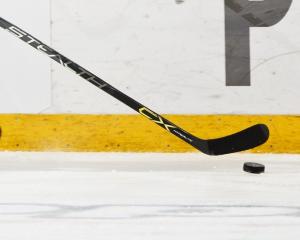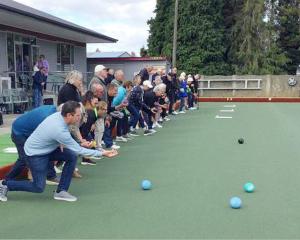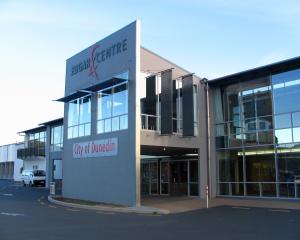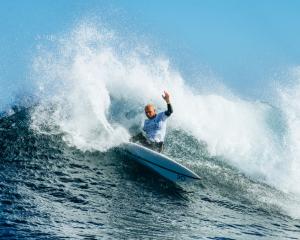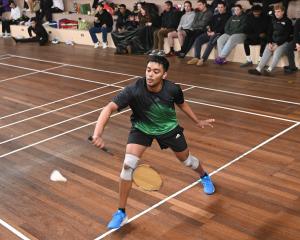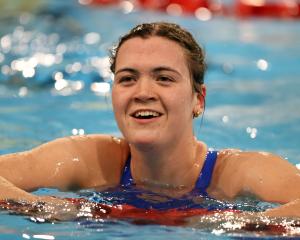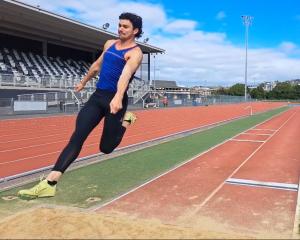
A forum held in Dunedin yesterday brought together a range of people from the sporting community to discuss the issue.
It follows a memorandum of understanding between University and Tertiary Sport NZ and the New Zealand Secondary Schools Sports Council looking to create pathways to retain players.
Representatives from schools, tertiary institutes and sporting organisations discussed how to do that in the Otago context.
There are several barriers to tertiary students playing sports that were regularly brought up.
Among those are cost, lack of transport, time spent studying, the sport is too competitive or too social, social life gets in the way and lack of information about how to get involved in a new city.
Solutions were harder to come by, although the means of communication was one discussed. Having information easily accessible to students is key.
That means using things such as websites or apps, incorporating advertisements into secondary school livestreams and having club days in all the halls.
What information was being communicated is important too.
One high-level player used the example of ending up at a club where the emphasis was more social than competitive in her first year.
That had come from being new to the city and not knowing what each club offered.
If a student ended up in a club that was not what they were looking for, there was the risk they would quit rather than change clubs.
Another suggestion was making sports a more dominant part of university life.
The emphasis at Otago was very much on study, particularly given the number of competitive entry courses the university possessed.
A study-sport balance could potentially give sport more meaning to students.
UTSNZ had been pushing to make sports more relevant to those in the 18-24 age bracket.
It is now holding national competitions in a variety of sports for universities, separate to the University Games.
Executive director Sarah Anderson said the two biggest barriers to participation identified in research had been lack of energy and lack of motivation.
That meant giving students a reason to play and to remain enthused became all the more important.
''I think our biggest thing is just to be relevant, meaningful and engage with the age-group we're targeting.
''We have a lot of ideas but they might be adult ideas so we need to make sure we keep engaging our target market.''
She said it was good to have so many people in one room discussing the issue, in particular the youth voice.
''I think the highlight today was our student voice.
''They can silence a room of adults very quickly when you hear the gems they give us.''
The overall goal was to retain as many players after leaving school as possible, while also picking up some who may have given up during their school years.
Data was presented by Otago secondary school sports association regional sports director Nicki Paterson.
It showed a high rate of sports participation among Otago schools, its 67% rate being second only to the Wairarapa district in the country.

